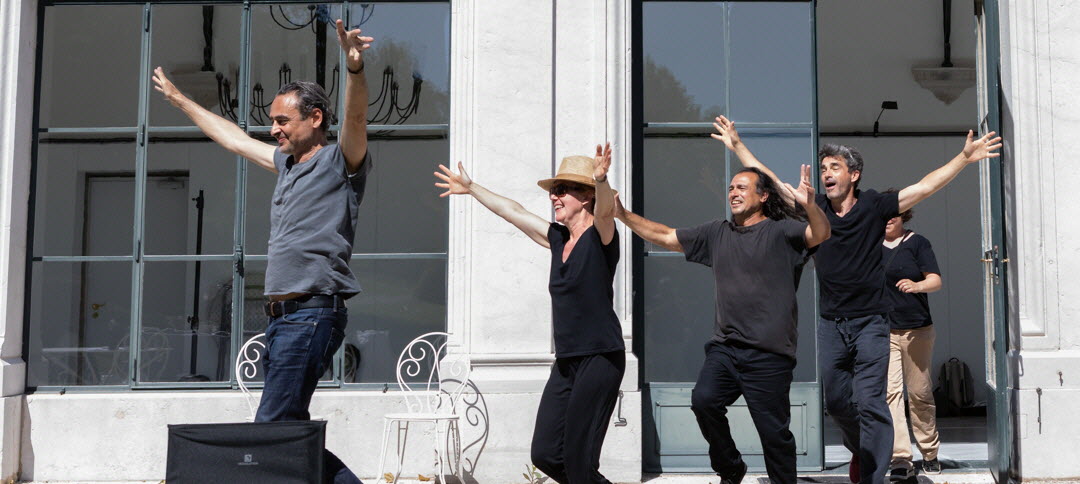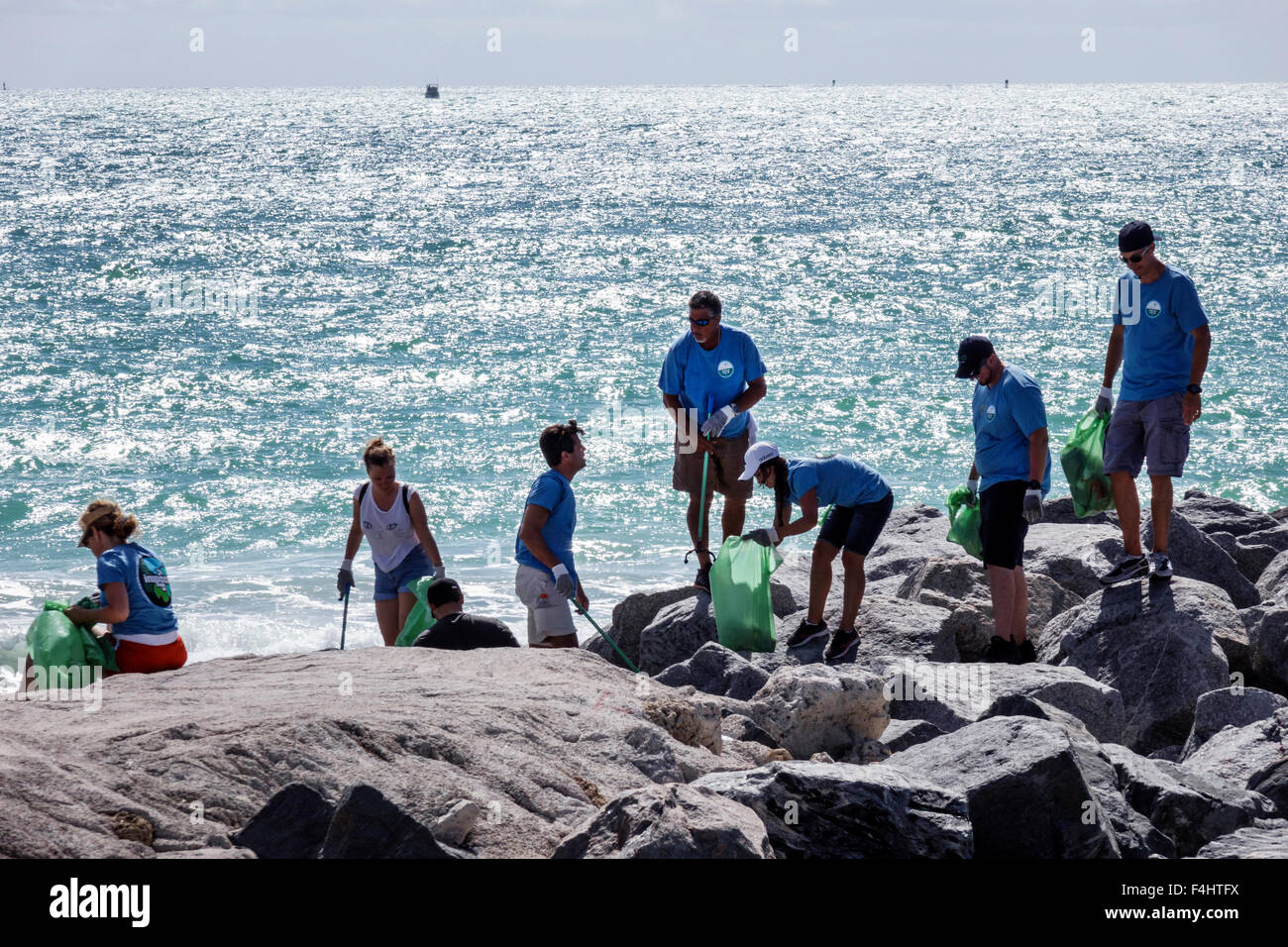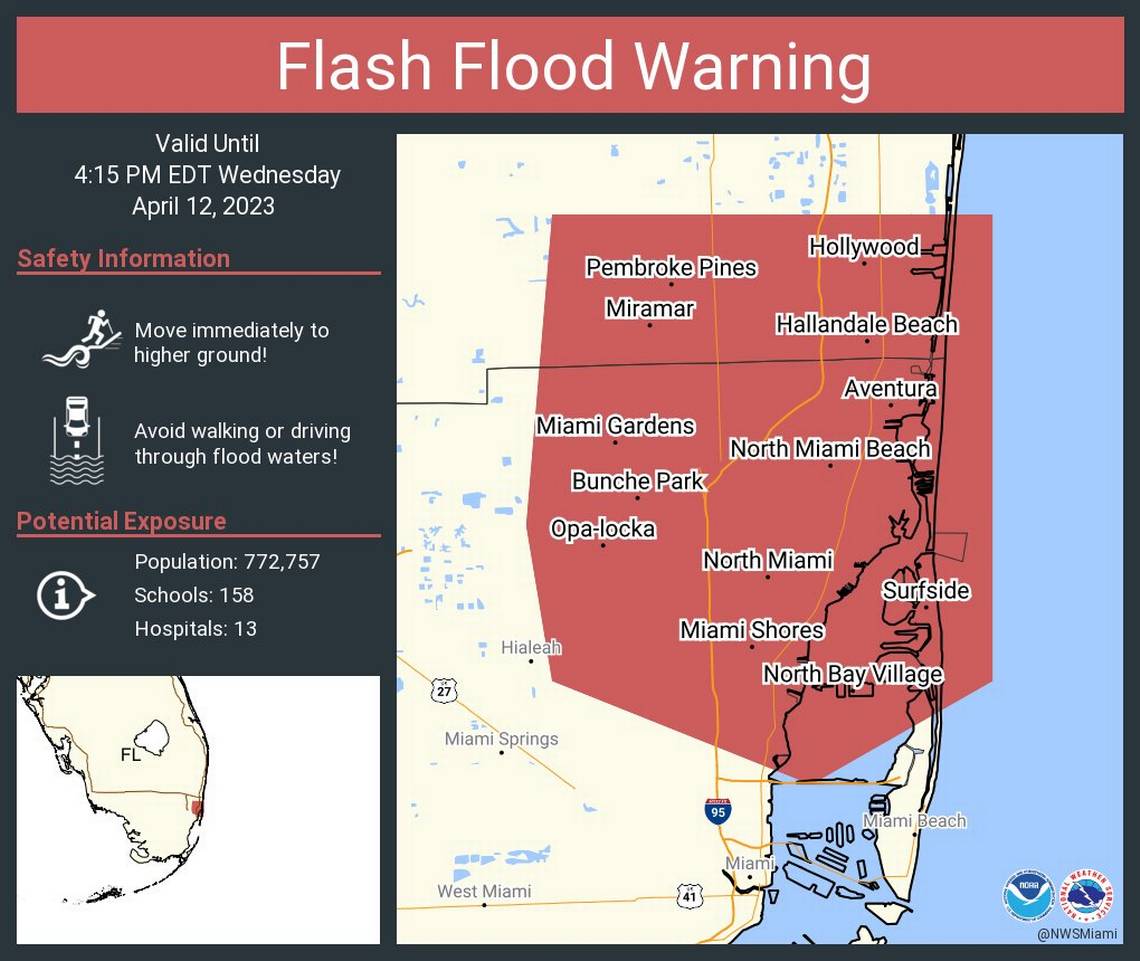Hells Angels: Power, Influence, And Global Reach

Table of Contents
The History and Structure of the Hells Angels
Early Years and Formation
The Hells Angels Motorcycle Club's origins trace back to 1948 in San Bernardino, California. Initially a group of World War II veterans, the club quickly adopted a rebellious image, embracing a counter-culture ethos that resonated with post-war disillusionment. This early incarnation laid the foundation for the club’s notorious reputation and iconic imagery, which would become globally recognized.
-
Key Historical Events:
- 1948: Founding of the first Hells Angels chapter in San Bernardino.
- 1950s-1960s: Expansion across California and other states.
- 1960s-Present: International expansion and establishment of chapters worldwide.
-
Significant Figures: While specific identities are often shrouded in secrecy, key figures within the early Hells Angels played crucial roles in shaping the club's structure and criminal activities. Their names and actions remain subjects of ongoing investigation and scrutiny.
-
Early Chapters and Geographical Spread: The initial growth of the Hells Angels was primarily within California, but expansion quickly followed, with chapters springing up across the United States and eventually internationally. This early spread demonstrates the inherent ambition and organizational capabilities that defined the club from its inception.
Global Organization and Chapter Structure
The Hells Angels Motorcycle Club operates under a hierarchical structure, with a complex network of chapters worldwide. Individual chapters, known as "charters," maintain a degree of autonomy, but ultimately answer to a larger governing body. This organizational model allows for both local control and coordinated action across vast geographical distances.
-
Ranks Within the Club: The Hells Angels' internal structure is complex and secretive, with various ranks and roles conferring different levels of authority and responsibility. While the specifics are not publicly available, a clear hierarchy is evident in their operations.
-
Autonomy and Interdependence of Chapters: Chapters operate independently in many respects, focusing on local activities and operations. However, this autonomy is balanced by a dependence on the larger organization for support, resources, and the enforcement of overall club rules and policies.
-
Challenges of Maintaining Control: Managing a global network poses significant challenges, including communication barriers, jurisdictional differences, and the constant threat of infiltration by law enforcement. These challenges highlight the sophisticated organizational capabilities required to maintain a unified club structure across such a vast and diverse territory.
The Hells Angels' Criminal Activities and Influence
Involvement in Organized Crime
The Hells Angels have long been implicated in a wide range of criminal activities, including drug trafficking, weapons smuggling, extortion, and violence. Their involvement in organized crime is a significant factor contributing to their notoriety and influence. It's crucial to remember that this section details criminal activities without glorifying them.
-
Specific Criminal Enterprises: The club's criminal activities are widespread and include international drug trafficking networks, arms dealing, and the operation of illegal gambling rings. These operations span continents and represent a major threat to global security.
-
Violence and Intimidation: The Hells Angels readily use violence and intimidation to maintain control over their territories and to silence rivals or informants. This use of force is central to their ability to operate in the shadows and avoid prosecution.
Economic Power and Business Ventures
While primarily known for their illicit activities, the Hells Angels have also been linked to seemingly legitimate businesses. These businesses often serve as fronts for money laundering or to conceal illegal activities.
-
Examples of Legitimate Businesses: The club has been associated with various businesses, including bars, nightclubs, and even legitimate trucking companies. However, disentangling legitimate from illegitimate operations within these enterprises is a complex legal challenge.
-
Separating Legitimate and Illegitimate Activities: Determining the extent to which these businesses directly serve criminal purposes is often difficult to prove. This opacity adds another layer of complexity to understanding the full scope of their economic power.
Public Perception and Media Representation
The Hells Angels' image is carefully cultivated, yet widely varied in media portrayals. This image, shaped by media representation and their own self-promotion, plays a significant role in their public perception.
-
Contrasting Media Portrayals: Media portrayals of the Hells Angels range from romanticized depictions of rebellious bikers to hard-hitting accounts of organized crime. This inconsistent representation complicates public understanding of the club’s nature.
-
Controlling Public Image: The Hells Angels actively attempt to control their public image, sometimes through carefully staged events or strategic media manipulation. This control is a vital element of their ongoing power and influence.
Law Enforcement and Countermeasures Against the Hells Angels
International Law Enforcement Cooperation
Combating the global reach of the Hells Angels requires international cooperation among law enforcement agencies. This cooperation is vital due to the club’s transnational operations and the challenges of pursuing members across borders.
-
Successful Law Enforcement Operations: Various international law enforcement operations have successfully targeted the Hells Angels, leading to arrests, seizures of assets, and the disruption of criminal activities. These successes highlight the importance of collaboration across jurisdictions.
-
Intelligence Gathering and Infiltration Tactics: Law enforcement agencies employ various tactics, including intelligence gathering, undercover operations, and the infiltration of club networks, to dismantle the Hells Angels' operations. These tactics are crucial for combating their sophisticated organizational structure.
Legal Battles and Strategies
Prosecuting Hells Angels members faces significant legal challenges, including issues of evidence, witness protection, and the club's adept legal representation. The club frequently utilizes various legal strategies to obstruct prosecution and protect its members.
-
Legal Strategies Employed by the HAMC: The Hells Angels employ a range of legal strategies, from challenging evidence admissibility to exploiting procedural loopholes, to hinder prosecution efforts. This makes prosecuting their criminal activities particularly challenging.
-
Challenges of Proving Criminal Activity: The difficulty of proving direct links between seemingly legitimate businesses and criminal activities presents a significant challenge for law enforcement. The club often operates in a way that obscures the connection between legal and illegal activities.
Conclusion
The Hells Angels Motorcycle Club represents a complex and multifaceted organization with a significant global reach. Their history, intricate structure, and involvement in organized crime have established them as a powerful force, posing ongoing challenges for law enforcement worldwide. Understanding the intricacies of their power and influence requires careful consideration of their historical trajectory, their sophisticated organizational structure, and their varied criminal activities. The club's enduring impact underlines the necessity for ongoing international cooperation to effectively combat their activities and protect global security. Understanding the intricacies of the Hells Angels' power and global reach requires further investigation. Learn more about the complex world of the Hells Angels Motorcycle Club and their enduring influence. Delve deeper into the world of the Hells Angels and their lasting impact.

Featured Posts
-
 1 050 V Mware Price Increase Proposed By Broadcom At And T Sounds The Alarm
May 26, 2025
1 050 V Mware Price Increase Proposed By Broadcom At And T Sounds The Alarm
May 26, 2025 -
 David Hockney A Bigger Picture A Critical Analysis Of His I Pad Paintings
May 26, 2025
David Hockney A Bigger Picture A Critical Analysis Of His I Pad Paintings
May 26, 2025 -
 Integrer La Communaute Des Gens D Ici Conseils Et Astuces
May 26, 2025
Integrer La Communaute Des Gens D Ici Conseils Et Astuces
May 26, 2025 -
 Volunteer For The Annual Myrtle Beach Beach Cleanup
May 26, 2025
Volunteer For The Annual Myrtle Beach Beach Cleanup
May 26, 2025 -
 Flash Flood Warning Cayuga County Under Alert Until Tuesday Night
May 26, 2025
Flash Flood Warning Cayuga County Under Alert Until Tuesday Night
May 26, 2025
